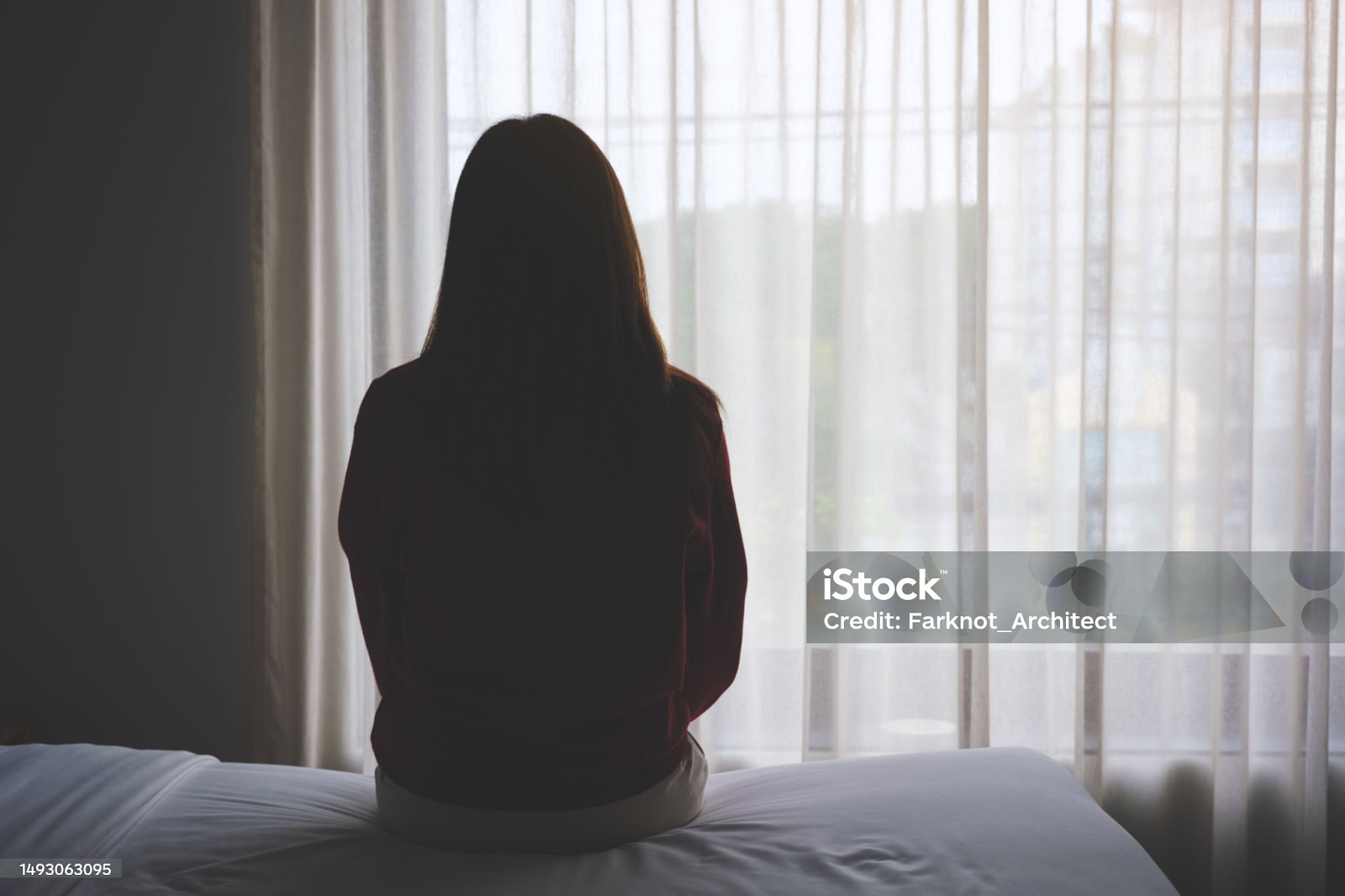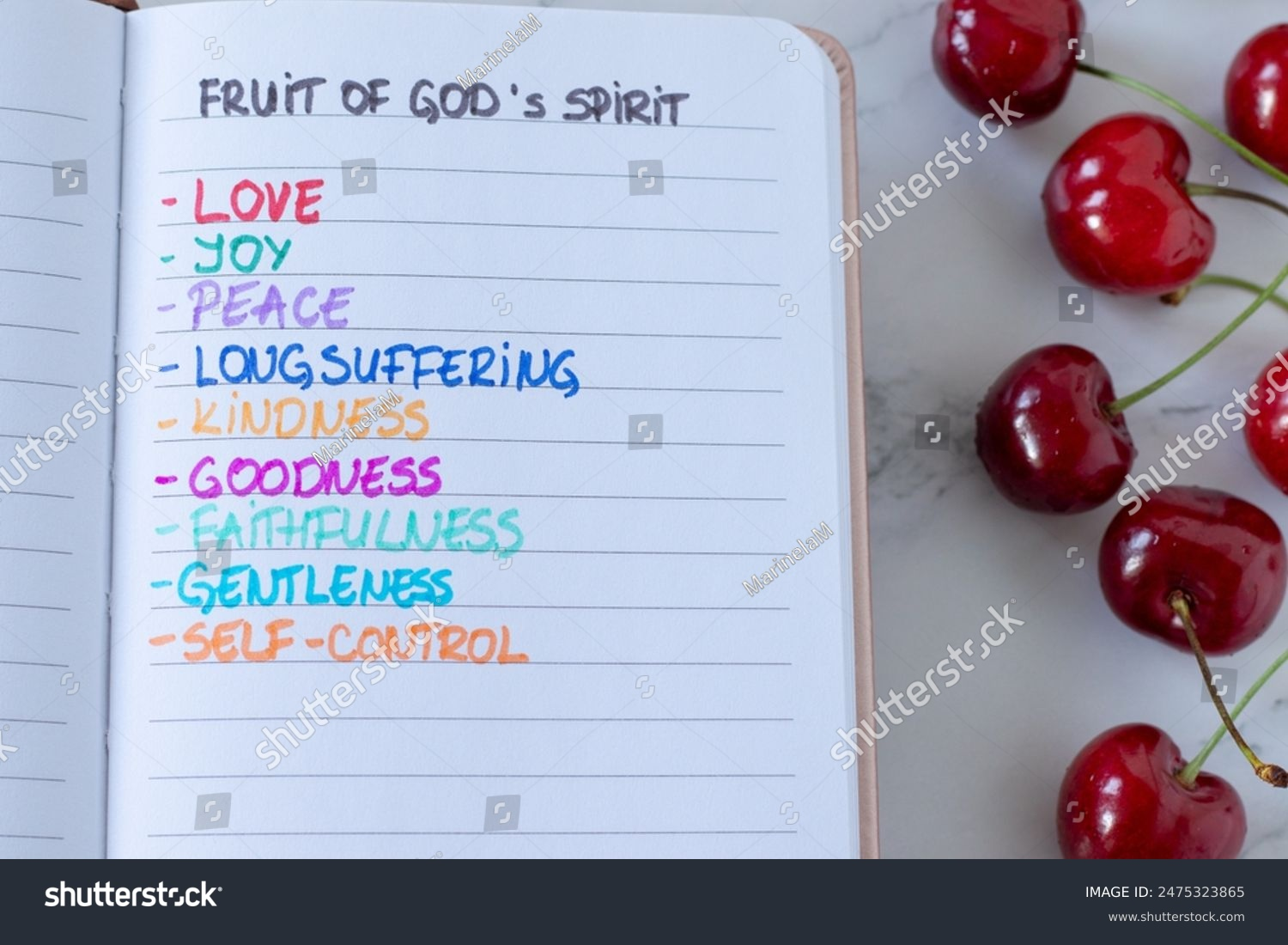The Catholic website Here and Now gives the readers some interesting insights on AI and the future by an author with a doctorate in the field of Sociology who has written books on the digital world in which we live.
As the intellectual capabilities of artificial intelligence (AI) continue to advance, the definition of AI is also radically expanding. AI, which was initially thought of as a good tool or useful solution, is now reaching a level where it is recognized as an object similar to humans or with human-like judgment and creativity. The various surprising reactions that have emerged so far are summarized as follows.
*AI as an autonomous agent: This definition considers AI as an independent and autonomous agent, capable of setting goals and acting on its own like humans. This means that AI can evolve into a ‘digital life form’ beyond a simple program.
*AI as a possessor of consciousness and emotions: Some radical definitions claim that AI can have consciousness and emotions. This is the view that AI can form self-awareness, experience emotions, and make ethical decisions through artificial neural networks that operate similarly to the human brain.
* Digital superintelligence: It is believed that AI will have superintelligence, far exceeding human intellectual ability and that this can revolutionize human society. This definition emphasizes the duality of AI, which can both solve humanity's problems and create new ones.
Each definition has problems. When AI emerges that combines robots, drones, and biotechnology, the boundary between AI and humans becomes blurred, so it could even be argued that another definition is needed. Looking at the recent pace of development, this is possible. In fact, related research is in progress in some laboratories.
On the other hand, contrary to these concerns, many scholars have pointed out the limitations of AI. A Science fiction (SF) writer said at a Digital Forum’ held in Seoul, that artificial intelligence has no ‘intention’ and ‘intelligence’ no intention of conveying emotions. Since artificial intelligence without intelligence can only do an inhumane amount of practical work in a short period and nothing more, the term ‘applied statistics’ was suggested instead of ‘artificial intelligence’. In the same forum, another professor said: "Humans can easily figure out which image is the right image with common sense, but in the case of generative artificial intelligence, we do not know which image is actually bad, and it generates many bad examples." Lack of human understanding is a limitation of artificial intelligence.
Amid these different claims and definitions, the European Union (EU) Council last May finally approved the ‘EU Artificial Intelligence Act’, which sets comprehensive rules surrounding AI technology. This law will officially take effect in the 27 EU member states starting this month. Although this law was enacted by the EU, AI itself is a global issue and most countries have common interests in AI use and regulation, so it is likely to become a global standard for overall artificial intelligence in the future. One of the most interesting aspects of EU AI law is the definition of AI. The definition of AI that EU AI and legal experts arrived at after long research and discussion is as follows.
AI system’ means a machine-based System that is designed to operate with varying levels of autonomy.
According to this definition, AI is a system that does not set a goal for itself, but works to a goal set by humans. And a system that can take decisions and act autonomously to a given goal. But this limitation does not guarantee the future of AI. In fact, there are provisions in the EU's artificial intelligence law that are absolutely prohibiting it. For example, subconscious or manipulative, deceptive techniques for distorting human decisions, manipulating behavior, exploiting human vulnerabilities to distort human behaviour, leaking sensitive information based on bio-data, etc., are “prohibited” unless special exceptions are specified. One of the reasons for the prohibition is that current laws and institutions cannot reasonably predict the future of AI.
One of the reasons why AI definitions are so diverse is because no one has a clear definition of intelligence. Intelligence is generally defined as a mental activity or process that is acquired through experience and learning and used to solve problems or make better choices, but this definition cannot fully explain intelligence. Nevertheless, the word or concept of ‘intelligence’ has been used without any problems in real life and academic fields until now, but with the advent of artificial intelligence, it became a topic of controversy as it became necessary to distinguish the difference between human intelligence and artificial intelligence. Ultimately, the focus of the debate is on the question of how to distinguish between human intelligence and artificial intelligence, which can then be reframed as the question of what is the difference between humans and artificial intelligence.
Here, we learn that the starting point of the debate is the recognition that artificial intelligence has perfect or near-perfect production capabilities and the learning ability that makes such production possible. Until now, only humans had this level of ability, but the writer was shocked to see something new appear. However, unlike artificial intelligence, real humans are neither perfect nor have near-perfect production capabilities. Always dissatisfied with the present and anxious about the future.
Although there may be differences in degree, most people live with some degree of dissatisfaction— depression. This unstable psychological state sometimes leads to artistic creative activities and sometimes becomes the foundation of spirituality. It can lead to compassion for less fortunate neighbors, or it can become a will to dedicate one's life to the community. Here is an essential difference that AI does not have. In no case does AI get depressed. Now, we need to abandon our excessive obsession with ‘intelligence’ and think about depressed humans and non-depressed AI. What is needed now is a time for reflection.






